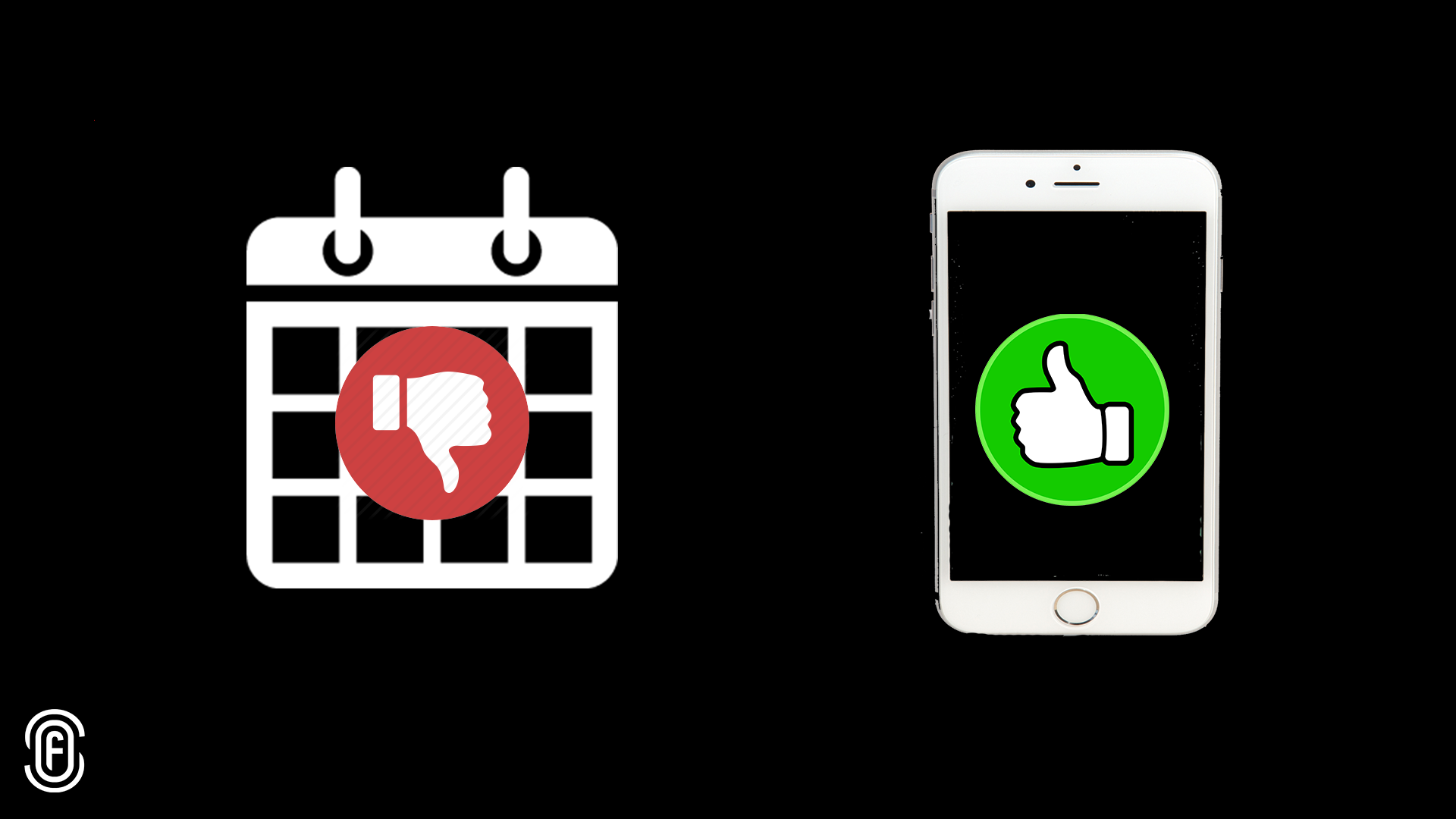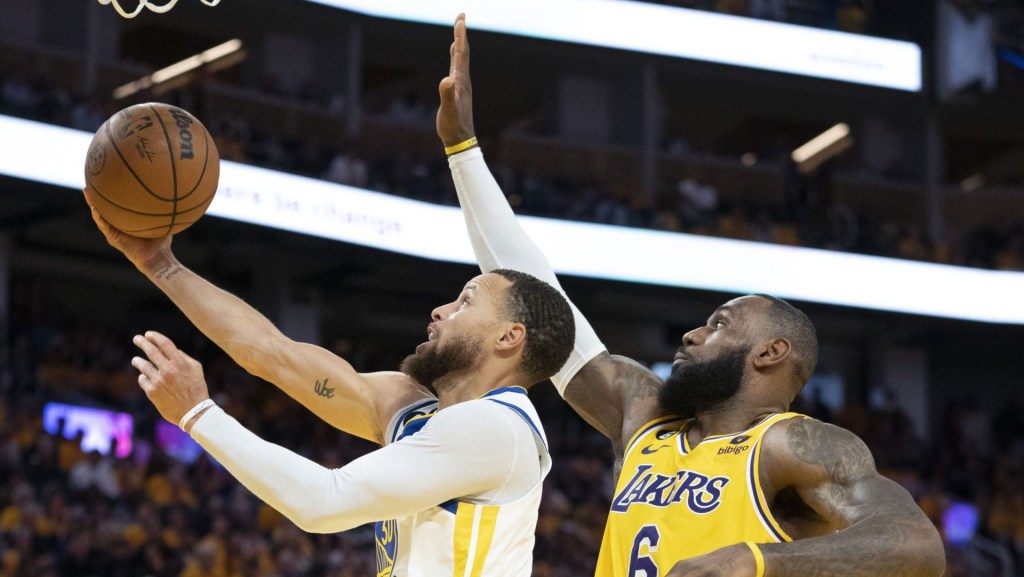
Finding ways to win on social while losing the game can be hard. (FOS Graphic)
Herm Edwards once famously said, “you play to win the game!” But what if you are the online voice of a franchise and a fan base but have no impact on the actual outcome of the game? What then are you “playing” for and how do you do it successfully?
That’s the quandary that every social media manager in sports faces. How do you make sure your accounts remain relevant even when your team isn’t?
It’s a question I get asked a lot by friends and students in the industry. Apparently after five seasons with the Phoenix Suns, three of which were the worst in franchise history, and zero playoff appearances, I’ve become a go-to for advice on the topic. It’s as if I received an honorary PhD in difficult times and how to navigate them.
The Suns digital department at the time, despite covering a team with a .426 winning percentage over those five seasons, managed to win back-to-back NBA Digital Innovator of the Year awards as well as gain much national attention for our work on social, all while having no all-stars and only one winning season in that time.
I’m not saying this as a humblebrag, but to make a point: your content, creativity, and success on social aren’t limited by your team’s performance, but by the effort and creativity you put forth.
So how do you win in social while losing? I gathered a team of fellow honorary doctors who have seen more Ls than the cast of Sesame Street to help me answer. They are Marissa O’Connor the Director of Social Media for the Arizona Coyotes, Shahbaz Khan who has worked in social and digital for the Sacramento Kings and Minnesota Timberwolves and Max Rapport formerly of the aforementioned 76ers.
Stay True to Brand Voice but Be Flexible with Your Content
A content plan is all well and good and in most industries a necessity, but in sports, you should write it in pencil if at all. That’s because a bad half, week or even season can drastically change your approach to what content you create. Although, it should never dictate how you create it. As long as you’ve established a strong brand voice that fans and other teams respect and higher-ups buy in to, you should always be true to who you are.
No team would know that better than the Sixers. While fans were asked to “Trust the Process” they also were treated to a team social strategy that knew how to have fun despite the losses.
“During the rebuilding years, we really focused our content upon individual player performances, long-term trends (e.g. improvement of the team’s transition defense), and off-court features,” Rapaport said of his time running Philly’s social strategy. “In the past, we would have placed more of an emphasis upon game results, upcoming team matchups, the standings, etc., but we basically threw all that out the window during my last couple seasons with the Sixers.”
Flexibility is key in situations so you can adjust on the fly and not be married to any one idea.
“We tweaked our strategy slightly and developed new content that we think our fans would enjoy regardless of our record,” O’Connor said of the Coyotes digital strategy after a historically rough start to the 2017-18 season. “Our postgame infographic wasn’t sponsored for Instagram so last season we moved it to our Instagram story instead of doing an Instagram post.“
Don’t Take the Trolls Personally
Just like the Mogwai in Gremlins, there are three simple rules when it comes to social trolls and your posts. 1) Keep them away from light. Meaning, don’t give their nonsense a larger platform than what they already have by acknowledging them with the team account. 2) Don’t get them wet by trying to troll them back, it just upsets them more. 3) Never feed them after midnight because, like your mother said, nothing good happens after midnight. Especially on social involving your brand and a troll.
If you follow those three rules and remember their hatred has little if nothing to do with the content you’ve created you should be alright.
“Ensuring that we had buy-in from the top of the organization allowed us to rarely worry about the trolls and negativity,” Kahn said of his time in Sacramento. “If we received a ton of backlash that wasn’t pertaining to on-court play, we’d certainly reflect and answer accordingly, but in most cases, the worst came in reference to on-court happenings.”
In Arizona, it’s all about engagement and knowing that apathy is the real enemy.
“I think you just need to have tough skin in this role. You can’t ever get too high or too low during the peaks and valleys of a season,” O’Connor shared. “I would be more concerned if fans stopped sounding off because then we’ve lost them. If they’re along for the ride during good times and bad times it’s actually a good sign. When trolls tweet our account it doesn’t bother me at all because that’s not who we’re creating content for, we’re creating content for Coyotes fans.”
Night night.
— Arizona Coyotes (@ArizonaCoyotes) February 13, 2018
The Sixers were pros at all three of the rules by simply taking the Taylor Swift approach. Haters gonna hate.
“Our stance was to just ignore them,” Rappaport said. “After all, half of Twitter is just people randomly dunking on brands, celebrities, and other users. But honestly, I wish we’d had a bit more fun with it and (respectfully) gone back at the haters at times. We were told by the higher-ups not to engage in that way, though.”
Sometimes Less Is More
The toughest thing in social media is not hitting send on a post. It’s our job to create content and at times it can feel like we’re neglecting our duties by not constantly sharing content. But sometimes the best thing for your team/brand is to remain silent at opportune times.
Bad losses and tough stretches can be a great time to show restraint.
“We’d often find ourselves leaving good content on the cutting room floor,” Rappaport said. “I can’t tell you how many #SixersWin gifs, Vines, and photoshops never saw the light of day because by the time we got a W three weeks after we made the thing, the reference or meme or whatever was no longer relevant.”
“Losing streaks forced us to continually think outside of the box, ensuring that we would approach games in different ways and leverage topics and trends in fashions that most organizations wouldn’t think of,” said Kahn.
Use the Opportunity to Build Fan Loyalty In Unique Ways
Sporting events are much more than wins and losses for fans. You never know who is there for the first time, the last time or their only time. It’s all about the experience and your social content and interaction can play a big part in that. Whether it’s upgrading fan seats, simply acknowledging their passion for the team or fixing an issue they’re having- it makes a difference.
“Another thing that we’ve really doubled down on this season is using social media as a customer service tool,” O’Connor said. “We want you to have an amazing experience from the second you enter our arena. We can’t control the outcome of the game but there are a lot of things about your game day experience that we can control. We invested in the social listening platform, Nuvi, and are constantly listening for ways we can improve the overall experience of coming to a Coyotes game. If lines are especially long at gate six and people are complaining, we’ll go check it out and relay that information to our arena staff. If someone tweets that they ran out of hot dogs in a certain section, we’ll message them another section they can get a hot dog at. We’ve tried to make people feel like they’re truly part of our pack and that our social media accounts are there to help them out.”
$40!
— Arizona Coyotes (@ArizonaCoyotes) February 12, 2018
It’s true that you play to win the game as a franchise and losing isn’t fun for anyone. But, if you follow these simple steps, you can make it a lot more entertaining for you and your fans.

















